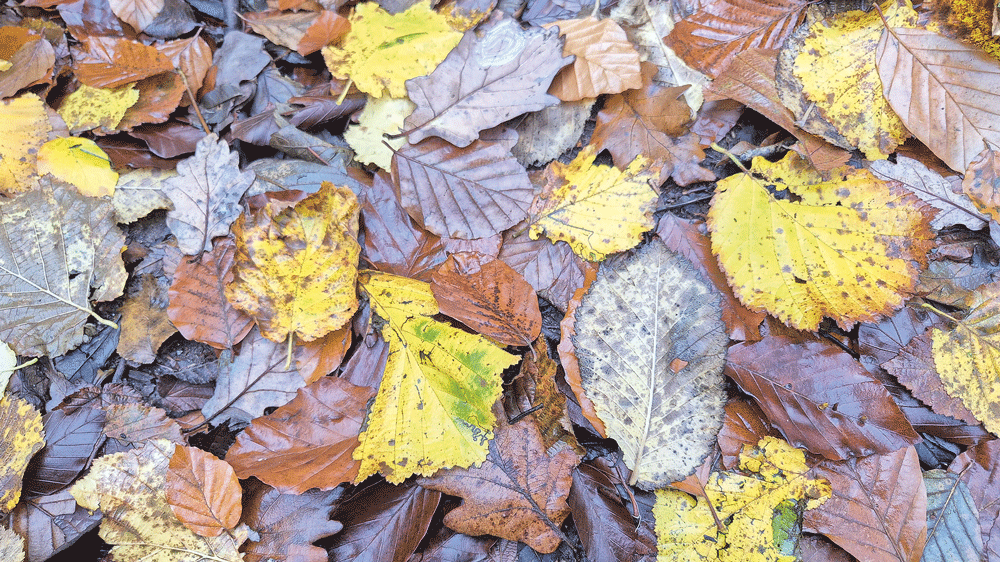

Nature on our doorsteps: The effects of freezing frosts
Rosaleen Dwyer is the County Heritage Officer at South Dublin County Council – every week she gives us an insight into the natural heritage around us and the beautiful biodiversity of the plants and creatures.
Frost can impact plants in two particular ways.
The most immediate way is by freezing the water that is contained in all living cells.
When air temperatures drop to freezing, this water begins to form ice crystals.
As they form, the crystals expand in size and burst through the walls of the plant cells.
Then, when the temperatures rise again and the ice crystals melt, the liquid contents of the cells leak away through the damaged walls.
The affected area of the plant can look brown and withered.
For particularly frost-sensitive plants, the damage is so severe that the plant may die.
Another way that frost acts is by freezing the soil in which the plant is growing.
Water accumulates in the many little air spaces that occur in the soil.
When ground temperatures drop low enough, this water freezes, making it unavailable to the plants that need it.

When shallow water freezes quickly, trapped air bubbles can form an interesting effect
Even if the leaves of some plants may be hardy enough to tolerate short spells of frost, the lack of available water in the soil over prolonged periods of frost can cause plants to wilt and even die from drought.
Plants in countries that experience cold winters have evolved to survive by going dormant.
They withdraw vital nutrients from their delicate leaves in late summer and drop them in autumn.
This avoids the loss of nutrients through frost damaged cell walls.
As part of their dormancy preparations, trees also reduce the volume of water in their branches and roots.
They store high concentrations of sugars in their woody cells which, in combination with low water volumes in the cells, acts like a natural antifreeze.
This helps to reduce the potential of ice crystals forming and causing damage.
The effects of the freezing process on water can sometimes be seen in a bucket of shallow water in the garden.
Water contains oxygen, and if temperatures drop very fast, this oxygen becomes trapped as the ice rapidly forms.
Just like in ice cubes made in the kitchen freezer, interesting patterns of frozen bubbles can form.





